YOU ARE WHAT YOU LISTEN TO
Namaste and warm wishes to our dear visitors! We are truly thankful that you’ve chosen Bells of Bliss to help you discover the magical world of Tibetan (Himalayan) singing bowls.
At Bells of Bliss, we offer authentic, top-quality instruments and share helpful knowledge about their purpose and how to use them in a caring and thoughtful way.
In the vast world of Tibetan singing bowls, not all are created equal.
Our goal is to make sure every sound bowl we show you is a perfect example of excellent craftsmanship and beautiful sound. We delve deep, curating with precision, ensuring that every singing bowl and the accompanying advice we offer rises above the rest.
Within our catalog, you will find an assortment of singing bowls and matched sets sourced from various regions in the Himalayas. These remarkable instruments have withstood the test of time, traversing through centuries, transferring ownership along their path.
As you look at the image and listen to the sound sample of each instrument, you become a part of their fascinating story.
Every singing bowl that finds its way to our website is a gem in its own right. Handpicked from hundreds, each bowl resonates with a unique voice, having passed our rigorous selection based solely on the harmonious allure of its sound.
The one and only criterion that we deliberately follow is the aesthetics of sound.
To explore the field of sound healing, kindly visit our Sound Medicine Academy for detailed information on our sound healing training programs.
If you need help, we’re happy to offer a free consultation with our experts. Just email or call us!
Disclaimer:
While these exquisite sound healing instruments are more accurately known as "Himalayan Singing Bowls" due to their origins, we have chosen to refer to them as "Tibetan Singing Bowls" on our website. This decision is based on the fact that the majority of our valued customers use the term "Tibetan Singing Bowls" when searching for these unique items online.

If you start hearing a rattling sound, slow down and apply more pressure. The mallet loosely vibrating against the metal (jumping on-and-off) causes that rattling sound. It takes a little pressure to maintain even friction with the metal as it vibrates back and forth. The rattle is usually heard in the same area when playing the rim of the singing bowl. It happens because the pressure in that area is a little loose. The vibration can not be built up to a constant (steady) intensity if the singing bowl is rumbling.
Read more
A common misconception is that Himalayan singing bowls are made from a special "sacred seven metal" alloy.
This is a false myth that has been perpetuated over the internet. Many people believe the seven metal myths. However, there is no truth to it. Singing bowls were never made from seven metals. In testing hundreds of bowls, we have never found the mythical seven metals. We have found only bell metal bronze or the cheap brass alternative.
Read more
There are many "authorities" in sound healing community and some of them are misleading the subject by spreading unreliable teachings about the notes and chakras. I know that some of these teachers were misled themselves and they strongly believe that there is nothing wrong with the knowledge they teach. They have the best intentions, projecting so much love and care, but yet, if you choose to blindly follow the path they offer, will you discover the truth?
Unfortunately, there are also fake gurus and I will allow myself to say BE AWARE OF THE SPIRITUAL FRAUD!
Read more
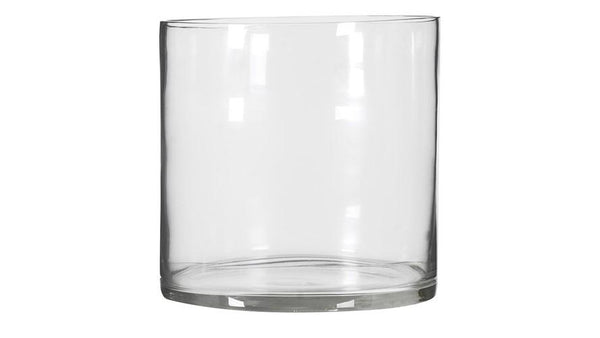
The late '80s brought to the New Age community a very interesting instrument with angelic tone - crystal singing bowl.
Crystal singing bowls are called "Quartz Crucibles" and they originated in the solar industry.
The crystal bowls are very popular these days and are a really good sounding instrument. Not many sound practitioners know how these bowls are being manufactured.
Read more
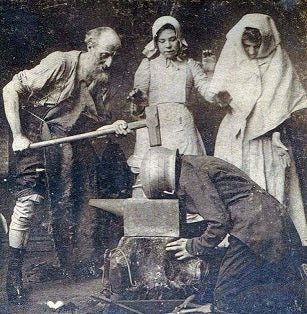
It's very common to see sound healing practitioners using three singing bowls set placed around the head area. Left, right and crown. This is called A HEADSET.
Does it have something to do with the Third Eye Chakra and the Crown Chakra? The answer is - maybe, but there is something else, that is more obvious than the speculative assumptions that it is somewhat good for chakras.
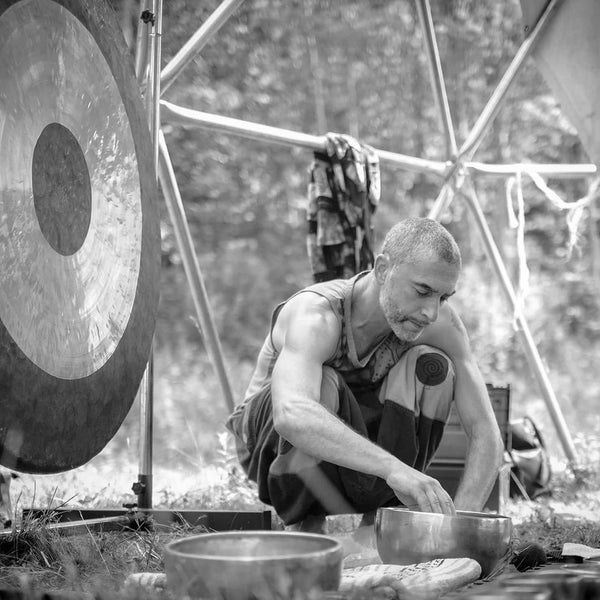
Although little is known about how singing bowls were used in the past, modern practitioners of sound healing are developing new skills and reinventing techniques of utilizing singing bowls for balancing and harmonization. There are many skeptical opinions, but if you know what to do with the bowl - you'll see that it works!
Read more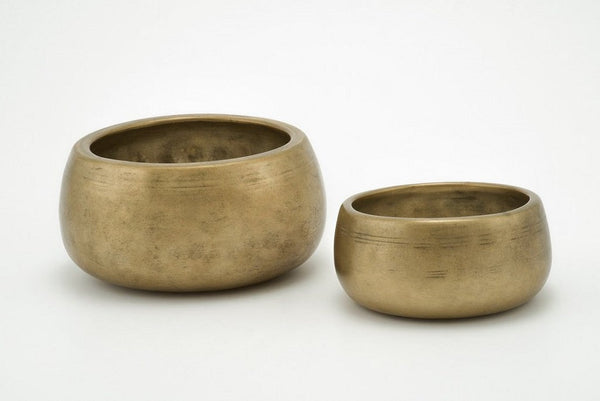
There are so many different speculations about the original purpose of singing bowls. And you may ask what is a Tibetan singing bowl used for? The majority of experts claim that they were used as utilitarian vessels for eating, drinking, and storing food. Also, bowls were, and still are, being used for collecting donations. However, the sound properties of singing bowls have been acknowledged for centuries. The variety of shapes of antique sound healing bowls indicates that acoustic properties were of primary importance.
Read more
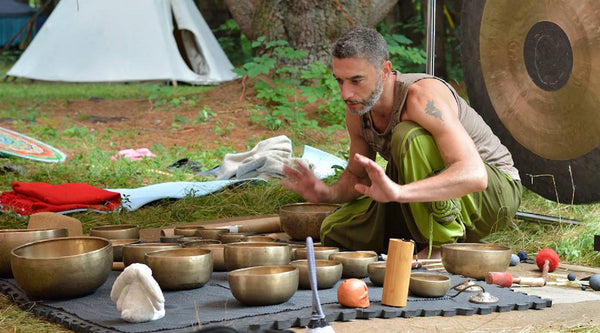
Singing bowls could be brought to hospitals and rehabilitation centers. For more than four years now I've been bringing sound therapy to a nursing home and rehabilitation center in Manhattan. Although I introduced myself as a musician – and that's how I was hired – the management is calling my program “sound healing”. Most likely I would not have been hired if I called myself a sound healer. My agenda was to bring the art of conscious listening and sound meditation to the elders. I knew, however, that the sound healing modality had no support or even recognition
Read more
Though often referred to as Tibetan singing bowls, these bronze vessels are more accurately named "Himalayan singing bowls" since they are found throughout various regions of the Himalayas. It's likely that the country of origin for Tibetan singing bowls is India.
Playing the singing bowl: A bowl can be played in two primary ways:
Striking singing bowl: You can use a mallet to strike the Tibetan bowl, much like you would strike a bell. When the bowl is stroke, it vibrates at various frequencies. This produces multiple overtones simultaneously. The fundamental frequency (the main note you hear) combined with these overtones gives the Tibetan singing bowl its unique, rich sound.
Rubbing singing bowl: By running the mallet around the rim of the sound bowl in a consistent and steady manner, you create friction. This friction causes the sides of the instrument to vibrate, which produces a continuous, resonant tone.
The vibrations produced by the singing bowls can promote relaxation, balance energy, and facilitate healing. The soothing sound and vibrations are reducing stress, and aid in meditation.
The resonance from singing bowls can influence brainwave frequencies, leading individuals into deeper states of relaxation or meditation.
The sound produced by a singing bowl depends on various factors including its size, thickness, the material it's made of, and the technique used to play it. Larger Tibetan singing bowls tend to produce deeper, longer-lasting tones, while smaller bowls produce higher-pitched tones.
The traditional alloy composition used for crafting Himalayan singing bowls is Bronze, which typically consists of approximately 80% copper and 20% tin. Modern singing bowls, on the other hand, are usually made of Brass, comprised of roughly 80% copper and 20% zinc. It's important to mention that, based on numerous metallurgical tests we've conducted on antique Tibetan singing bowls, there's no evidence to support the presence of the often-mentioned seven metals. We did, however, detect trace amounts of iron.